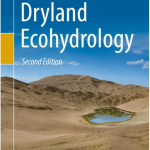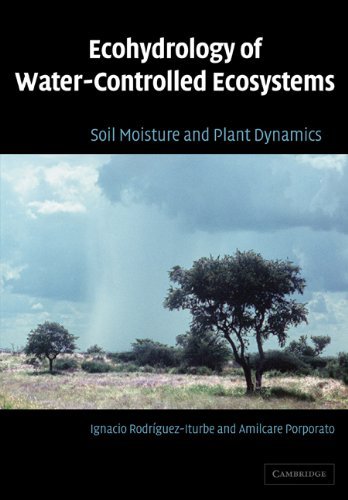Resources
Computational models
(Usable code)
The (Python) implemented algorithm is well suited to find the linear layout of the multiple flow-direction network for an efficient implicit computation of the erosion term in landscape evolution models. The time complexity of the algorithm varies linearly with the number of nodes in the domain, making it very efficient. The resulting numerical scheme allows to achieve accurate steady-state solutions in conditions of high erosion rates leading to heavily dissected landscapes as shown below. For details see: Anand, S.K., Hooshyar, M. and Porporato, A., 2020. Linear layout of multiple flow-direction networks for landscape-evolution simulations. Environmental Modelling & Software, 133, p. 104804.

(Usable code)
The Photo3 model describes C3, C4, and CAM photosynthesis in a consistent manner. To do this, it uses a model which is built on the Farquhar et al. model for carbon assimilation and incorporates a carbon concentrating mechanism in the case of C4 photosynthesis and a circadian rhythm oscillator and malic acid storage mechanism in the case of CAM photosynthesis. It then calculates stomatal conductance and transpiration based on stomatal optimization theory. The model incorporates soil and atmospheric conditions through a representation of the soil-plant-atmosphere continuum with the option of including plant water storage. Given soil moisture, air temperature, humidity and solar radiation, the model calculates net carbon assimilation and transpiration, among other variables of interest. Photo3 is currently parameterized for three representative species, one from each photosynthetic type: winter wheat (Triticum aestivum L.), C3; sorghum (Sorghum bicolor), C4; and prickly pear (Opuntia ficus-indica), CAM. For details see Hartzell, S., Bartlett, M.S. and Porporato, A., 2018. Unified representation of the C3, C4, and CAM photosynthetic pathways with the Photo3 model. Ecological Modelling, 384, pp. 173-187.
Presentations
Books
Dryland Ecohydrology by Paolo D’Odorico, Amilcare Porporato

Ecohydrology of Water-Controlled Ecosystems: Soil Moisture and Plant Dynamics by Ignacio Rodríguez-Iturbe, Amilcare Porporato

Presentations
Hydrology without Dimensions (click here for PDF of presentation)
On Soil Moisture, Plants, and Hydro-Climate (click here for PDF of presentation)
Hydrologic and Stoichiometric Controls on Soil Carbon and Nitrogen Cycles — Borland Lecture, presentation given at the Hydrology Days 2015, Colorado State University (click here for PDF of presentation)
Art and Physics in Landscape Erosion: Nonlinear Dynamics and Patterns in A. Hogue’s “Crucified Land” (click here for PDF of presentation)
The Phantasms of Color — presentation for the project Beauty in Balance and Balance in Beauty: An Exploration of the Laws of Physics in Abstract Modern Art (2016-2017) | Duke Bass Connections (click here for PDF of presentation)